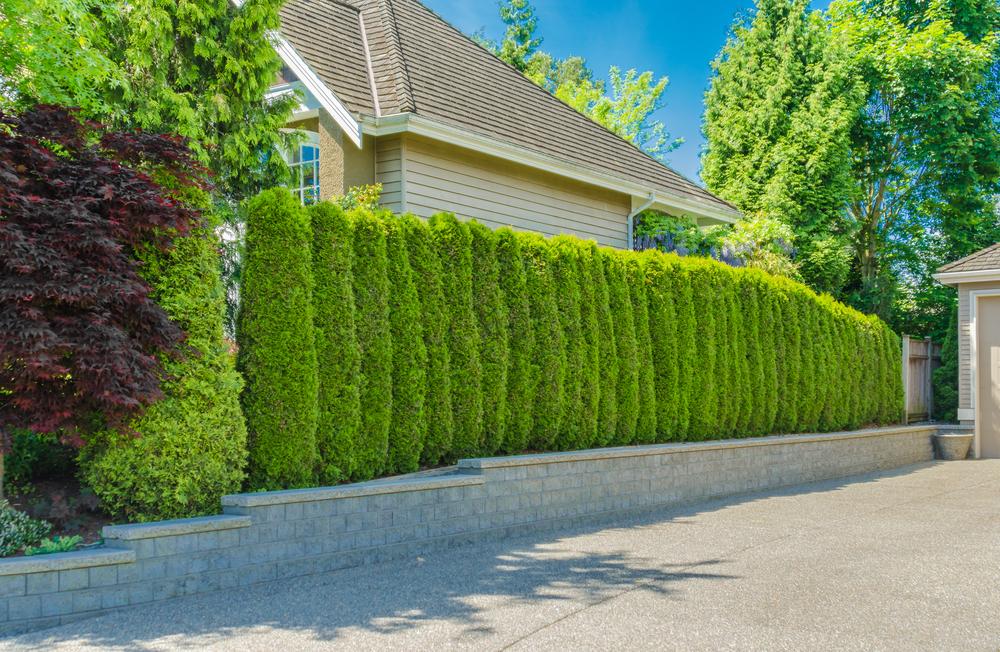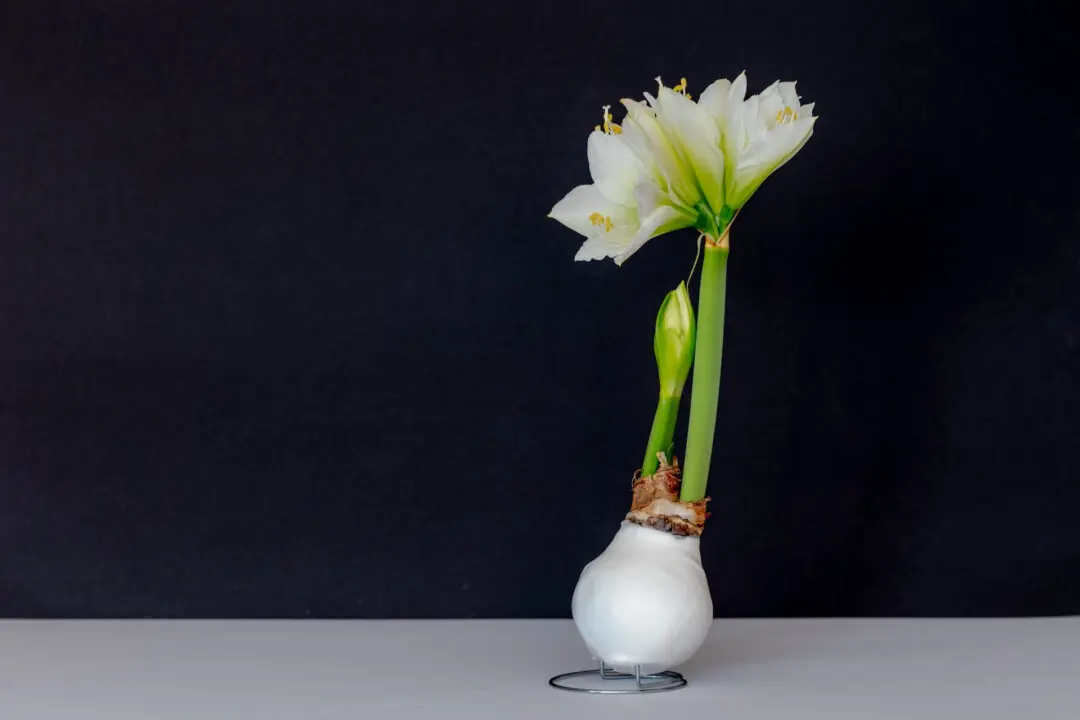Q: Last year, I planted six roses. Over the winter, the stems have turned brown except for the very bottom. Rabbits have begun eating some of them. Is there something I can do to protect them?
A: Late winter is a hard time of year for many animals. New sprouts have not yet started their growth, and last year’s foods are almost gone. Rabbits and many other small mammals will eat just about everything, but each animal will develop a favorite or two that they will prefer to eat. Sometimes, it is a matter of what is available, and other times, it is a matter of what is closest to the shelter that will protect them from predators. After those foods are all gone, they will move to plants that don’t taste as good and those that are less protected.





